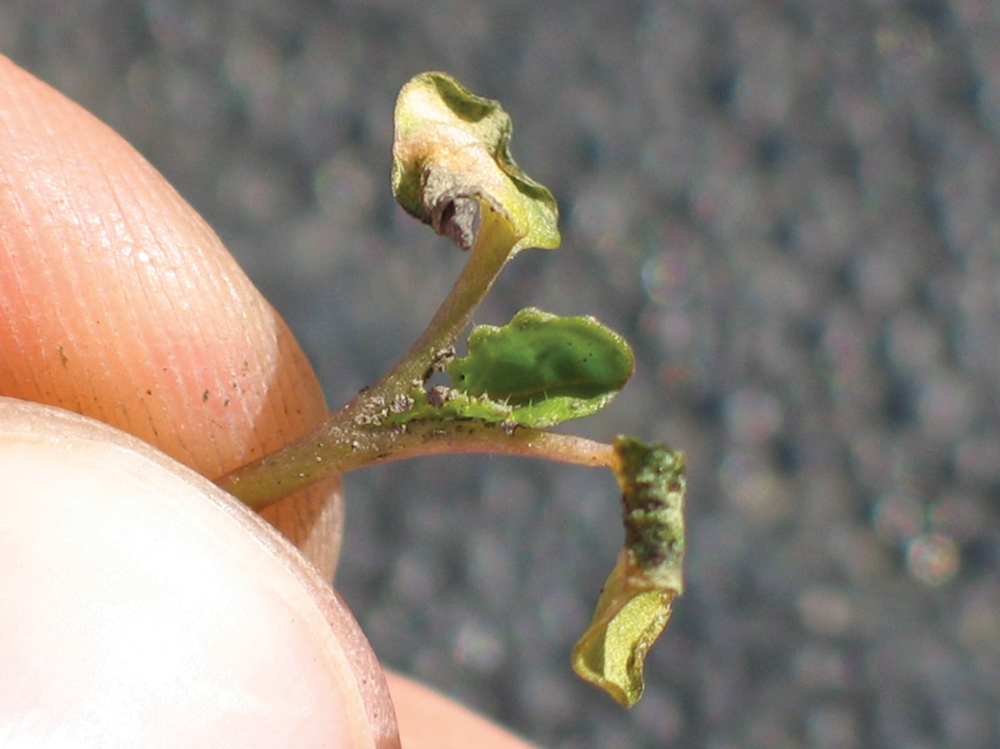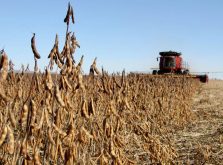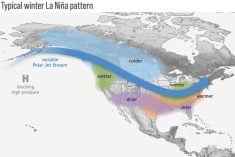The third week of May was a frosty one, but so far it seems the canola crop is largely fine.
Producers are reporting minimal damage after temperatures dropped below freezing across the province for several successive nights.
“Certainly, at this point it’s not a big concern,” David Van Deynze, MASC vice-president of insurance operations, said. “There are some claims for sure but I think, largely, not a lot of canola was up when that frost hit.”
The Manitoba Agricultural Services Corporation (MASC) has received 43 canola claims this year, including those that are not frost related. Claims are largely scattered through south-central Manitoba and select areas in the northwest.
Read Also

Manitoba trials work toward drone spraying approvals
Canada’s PMRA says pesticides need drone-specific labels before drone spraying can take off; Manitoba crop trials are adding data towards that approvals process.
Van Deynze noted delayed seeding may have saved some acres, which otherwise would have been more developed and vulnerable to frost. Canola seeding ranged from 40-60 per cent complete in western Manitoba and 80 to 100 per cent complete in central Manitoba as of May 23, although central Manitoba crops were not advanced in the south and eastern areas of the region, according to the provincial crop report.
Justine Cornelsen, agronomy specialist with the Canola Council of Canada in western Manitoba, also cited low emergence for the lack of damage.
“We’ve got the odd report of some people needing to reseed because of the damage, but very, very minimal just because most canola acres weren’t seeded last week, so they weren’t up and out of the ground yet to be affected by the frost and, because of the cooler weather leading up to the frost date, any of the plants that were up were acclimatized to it,” she said. “In fields, you would see frost damage in areas where there was maybe a lot of residue where that soil just hadn’t warmed up enough. Producers would have lost the odd plant, but nothing worth reseeding by any means.”
A “very limited” number of acres faced reseeding after the frost, according to the May 23 provincial crop report.
Cornelsen also noted that most damaged acres were showing signs of recovery.
“With frost on canola, it is best to check a few days after the event,” she said. “That allows whatever damage to be caused to really show itself. When you’re looking at canola plants, most of them are at the cotyledon stage, so you’re actually going to look at the growing point on the plant to assess damage. So, when you come back four days later, if that growing point is green and healthy and looks good, that plant will pull through.”
Assuming their crops survived the frost, Cornelsen reminded producers to be on the lookout for flea beetles. The province has noted both striped and crucifer flea beetle presence in central Manitoba.
“You do lose a few (plants) to other events throughout the year, so just make sure you’re taking your plant counts right now to see what you’ve got to work with for the rest of the season,” she said.
















